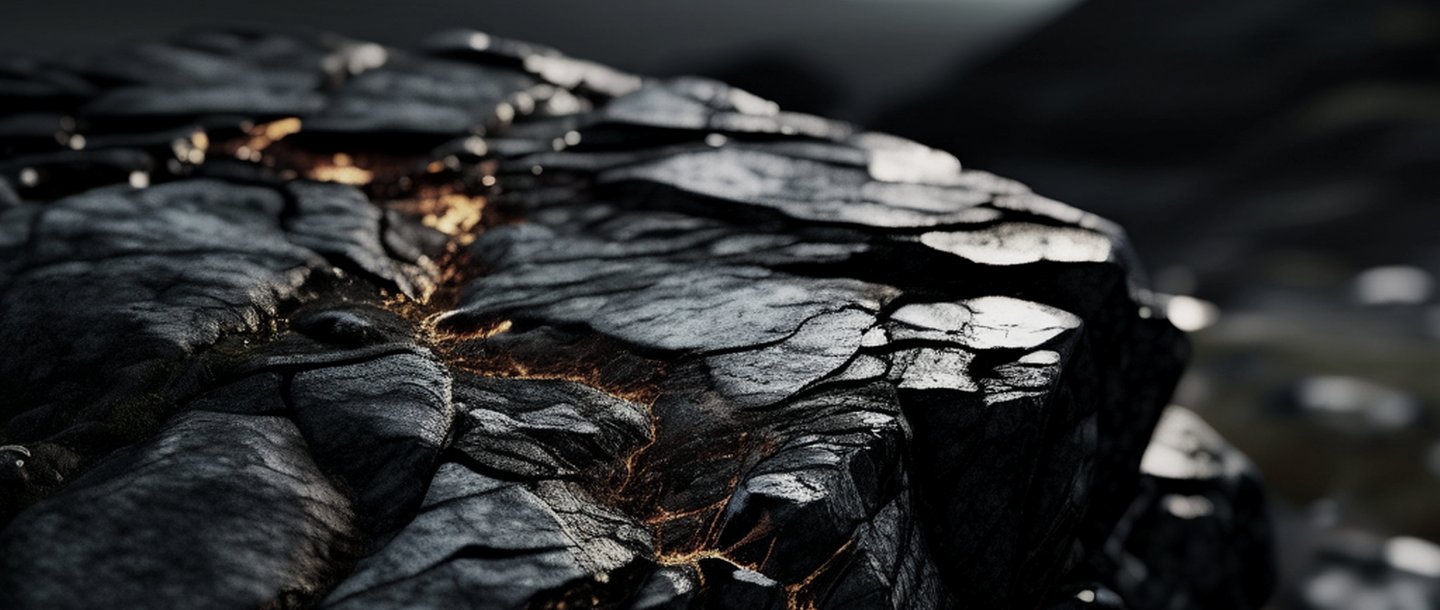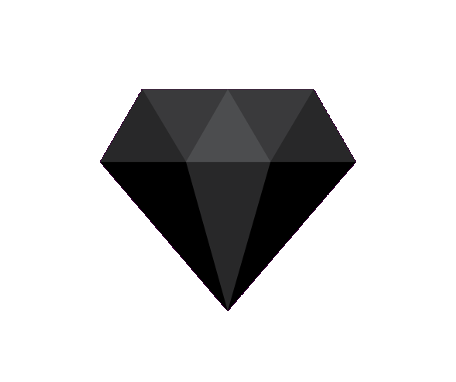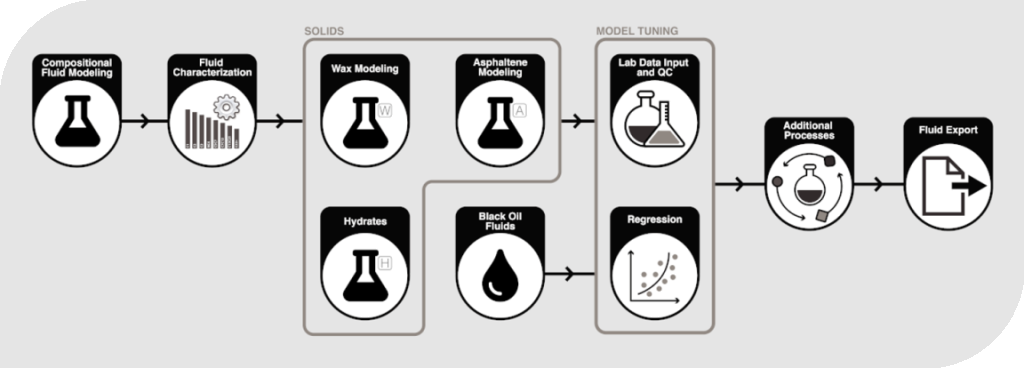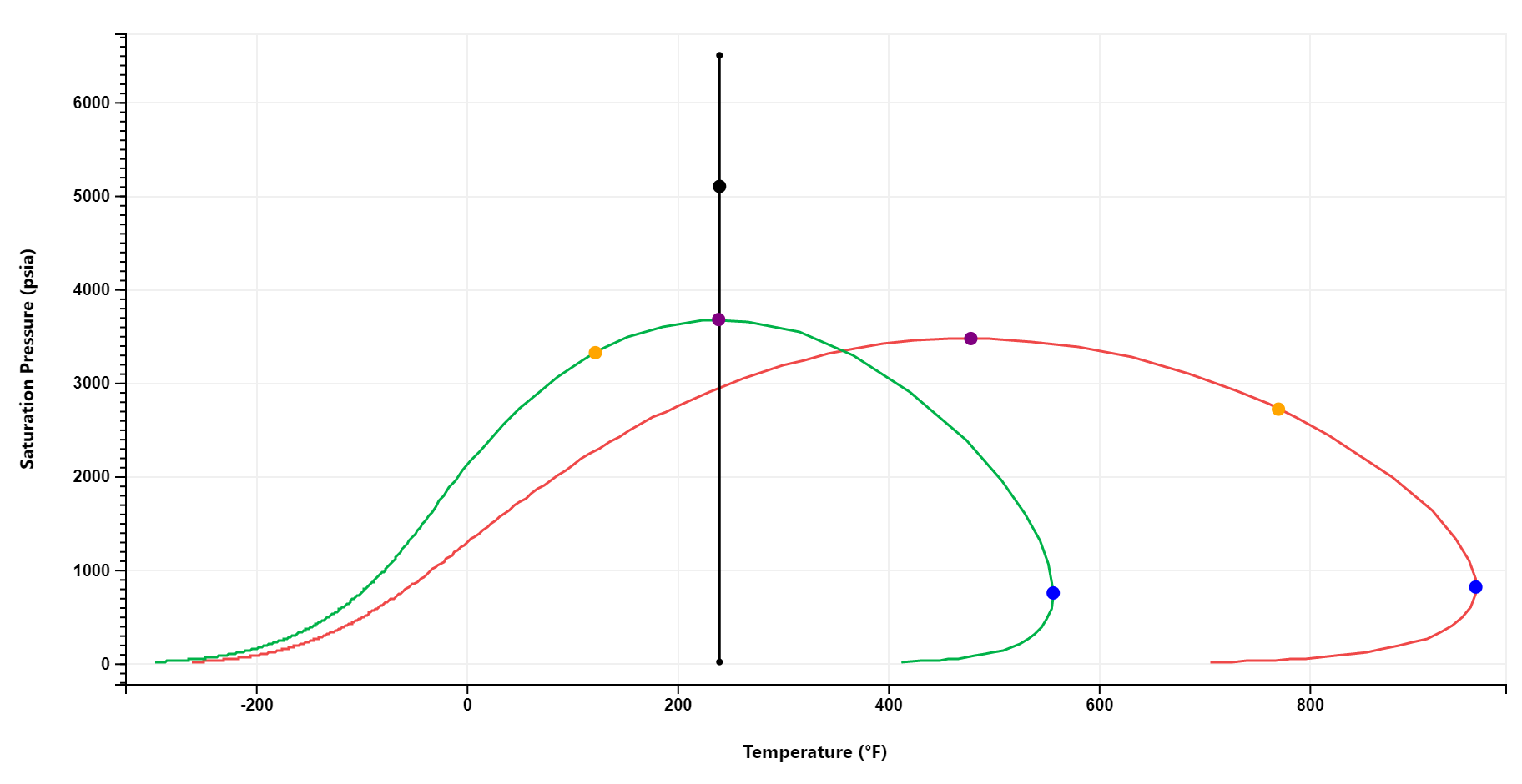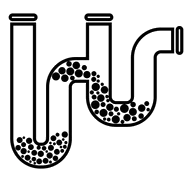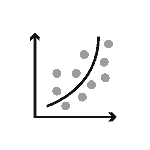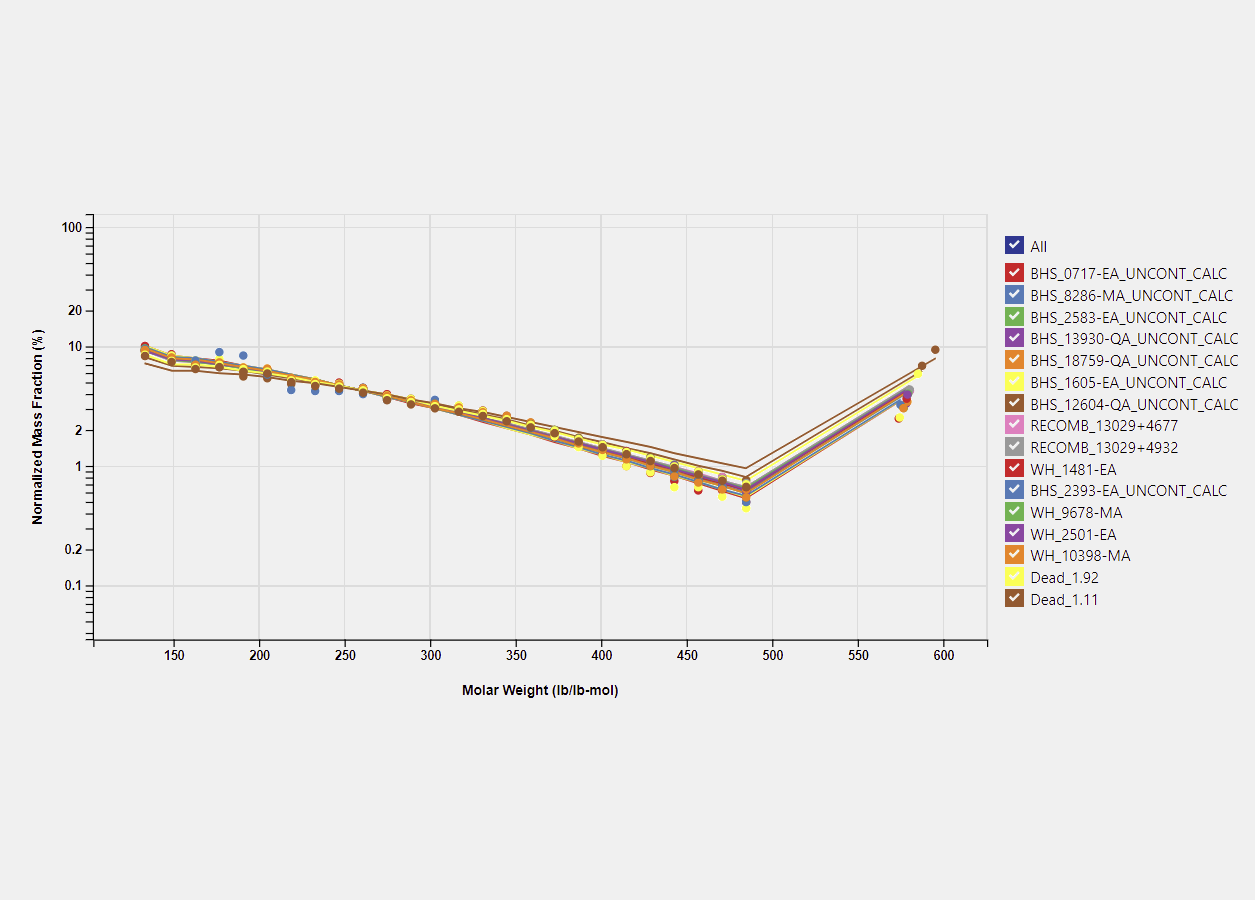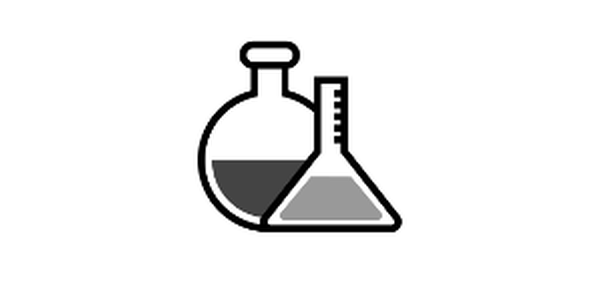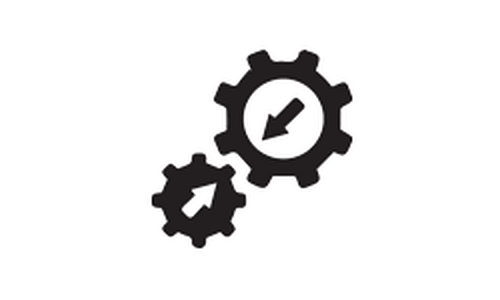With speed and ease of use at its core, processes such as fluid and lab data QC, phase envelope generation, flash results and model comparison are automatically performed for any fluid.
Carbone is powered by the technical kernel from IFPEN. Built as part of KAPPA Generation 6, Carbone has a web UI and separate back end, allowing various deployment configurations, namely stand-alone, client-server, or through the KAPPA-Automate platform as a microservice.
